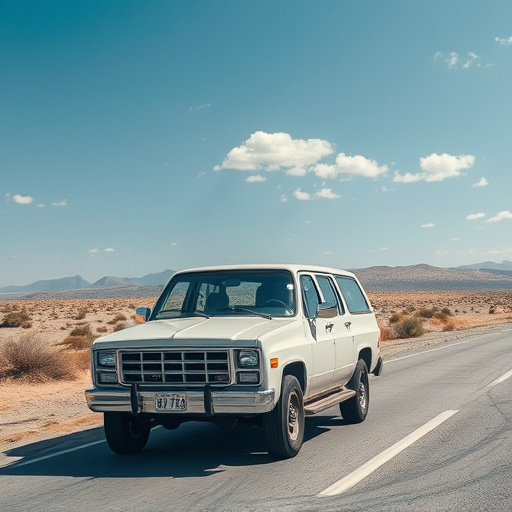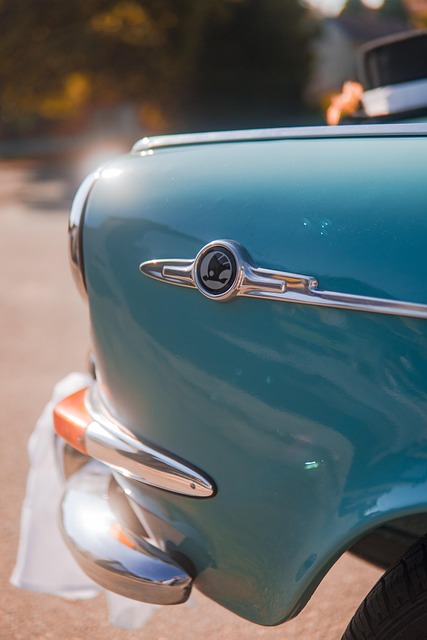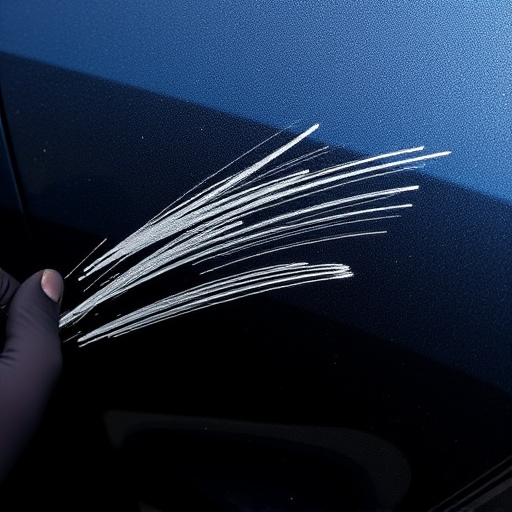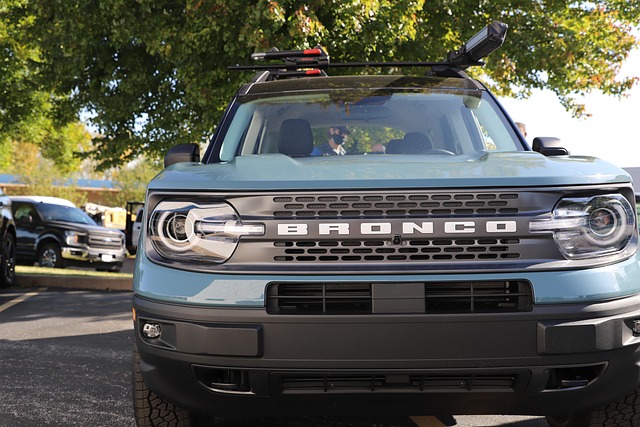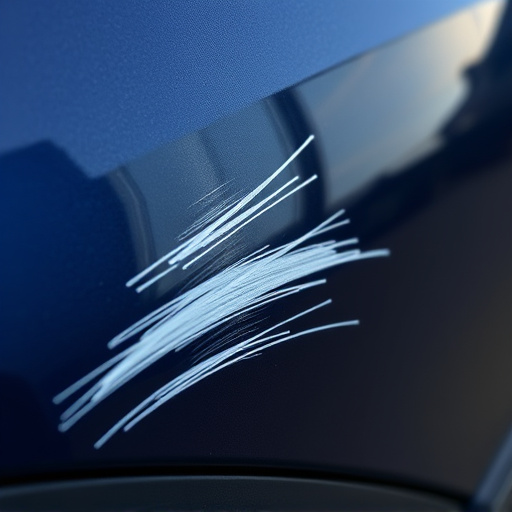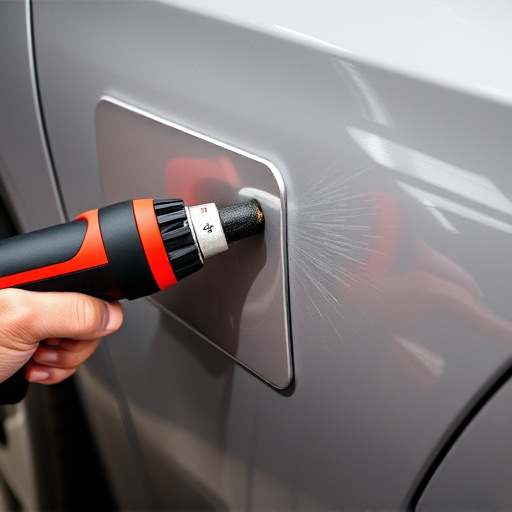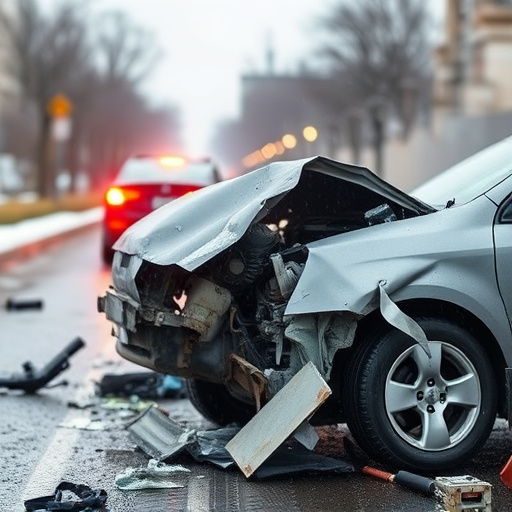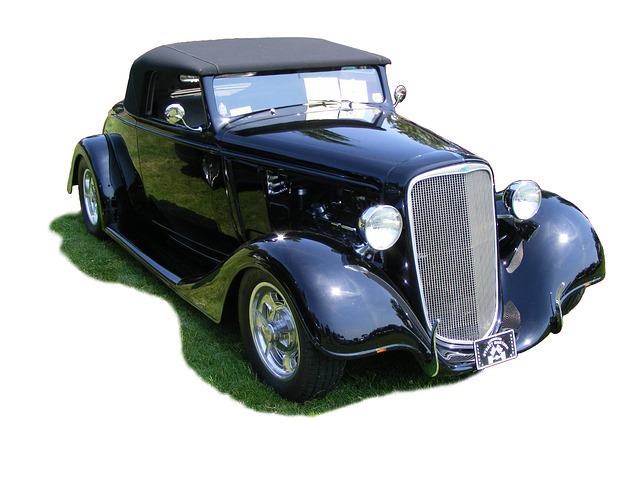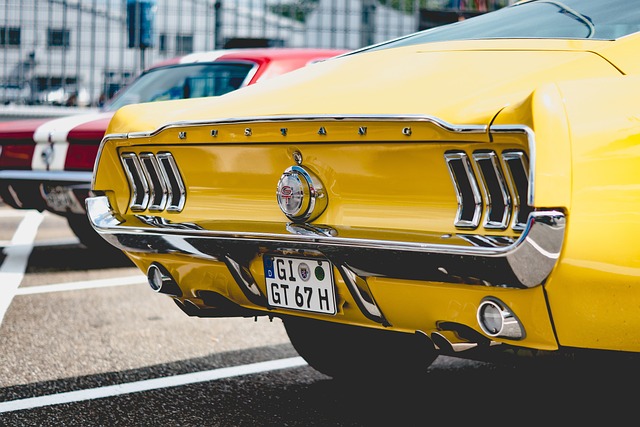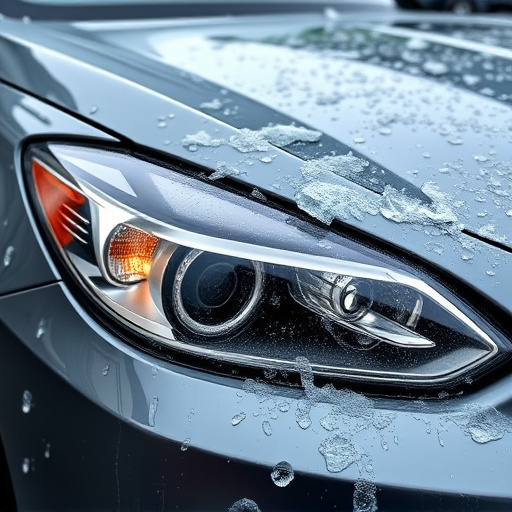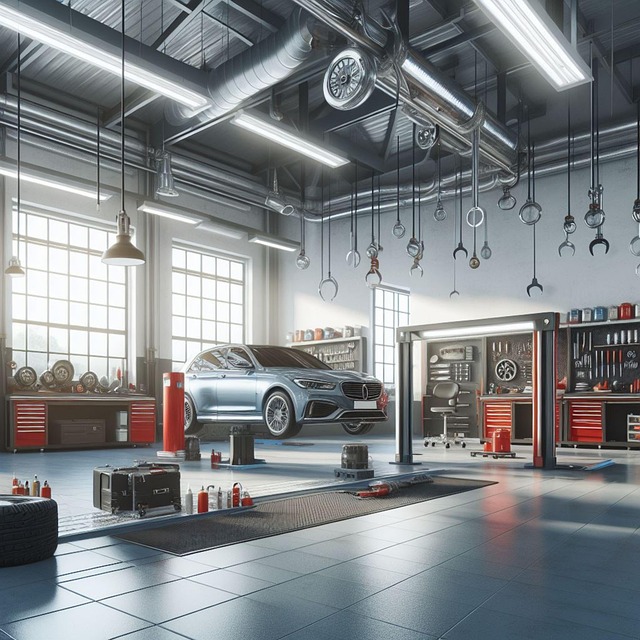Auto paint repair involves tailored collision and bodywork for structural and surface damage. Skilled technicians assess, prepare, prime, and paint with matching colors, using high-quality materials. Sanding, primers, clear coats, and meticulous inspection ensure durable, seamless results that protect against future harm.
“Uncover the secrets behind mastering auto paint repair with our comprehensive guide. From understanding common damage types caused by environmental factors and accidents to a detailed step-by-step process, we’ve got you covered. Learn how to identify the right materials and tools essential for restoring your vehicle’s finish like new. Get ready to transform scratches, dents, and dings into a seamless, glossy surface with expert knowledge in auto paint repair.”
- Understanding Auto Paint Damage: Common Types and Causes
- The Process: Step-by-Step Guide to Repair
- Choosing the Right Materials: Essential Tools for Restoring Finish
Understanding Auto Paint Damage: Common Types and Causes

Auto paint damage can stem from various sources, each requiring a tailored approach for effective auto paint repair. Common types include dents, scratches, and chips, often caused by vehicle collisions, parking mishaps, or exposure to harsh environmental conditions like road salt and UV rays. These damages not only affect the aesthetic appeal of a vehicle but can also compromise its structural integrity if left unattended.
Understanding the causes is crucial for efficient auto paint repair. Vehicle collision repair involves addressing deeper issues where metal may be bent or cracked. Autobody repairs for scratches and chips, on the other hand, focus more on surface-level restoration. A collision repair shop will utilize specialized tools and techniques to realign metal panels and ensure the vehicle’s structural framework is restored to its original condition, while simple autobody repairs might employ filling, sanding, and painting to restore the car’s glossy finish.
The Process: Step-by-Step Guide to Repair

Repairing auto paint, also known as automotive repainting or collision repair, involves a meticulous process that requires skill and precision. Here’s a step-by-step guide to help visualize the procedure:
1. Assessment: Begin by thoroughly inspecting the damaged area, typically after a fender bender or minor collision. This step is crucial in determining the extent of the repair needed. The surface must be cleaned and prepared for painting, removing any debris, dirt, or existing paint imperfections.
2. Sandblasting/Sanding: The next phase involves sanding down the damaged zone to create a smooth base. This process removes any rough patches, old paint, or residue from previous repairs. It’s a meticulous task that demands attention to detail.
3. Priming: Once the surface is ready, an automotive-grade primer is applied. Primer serves as a crucial bonding agent between the existing metal and the new paint, ensuring a durable finish. It also helps to seal any pores or imperfections in the metal.
4. Painting: The heart of auto paint repair—the painting process. Skilled technicians use specific colors matched to the vehicle’s original shade. This involves careful application using airbrushes or spray guns, following the manufacturer’s guidelines for optimal drying times.
5. Clear Coating: After the base color dries, a clear coat is applied to protect the paint job. This final layer adds shine and acts as a protective barrier against environmental factors, ensuring the repair remains flawless over time.
6. Inspection and Touch-ups: Upon completion, the repaired area is carefully inspected for any flaws or inconsistencies. Minor touch-ups may be made to ensure the entire surface matches seamlessly.
Choosing the Right Materials: Essential Tools for Restoring Finish

Selecting the appropriate materials is a cornerstone of successful auto paint repair. The right tools and products can make all the difference between a subpar fix and one that matches the car’s original finish seamlessly. This involves choosing high-quality paints that align with the vehicle’s make and model, ensuring color accuracy and durability. Additionally, proper preparation of the damaged area is crucial; this includes using coarse sandpaper to roughen the surface, allowing for better paint adhesion.
Essential tools for automotive collision repair include a variety of sandpaper grits, a detailing brush, and a clean cloth. A pneumatic sandblaster can also be beneficial for more extensive repairs. Moreover, a good paint primer is essential to create a smooth base before applying the final coat, ensuring long-lasting results that protect the car’s finish from future damage.
Auto paint repair is a meticulous science that combines understanding of materials with precise techniques. By identifying and addressing damage early, and selecting the right tools and materials, you can effectively restore your vehicle’s finish, ensuring it looks as good as new. This step-by-step guide and knowledge of common types of auto paint damage empower both professionals and DIY enthusiasts to achieve professional-level results in auto paint repair.

